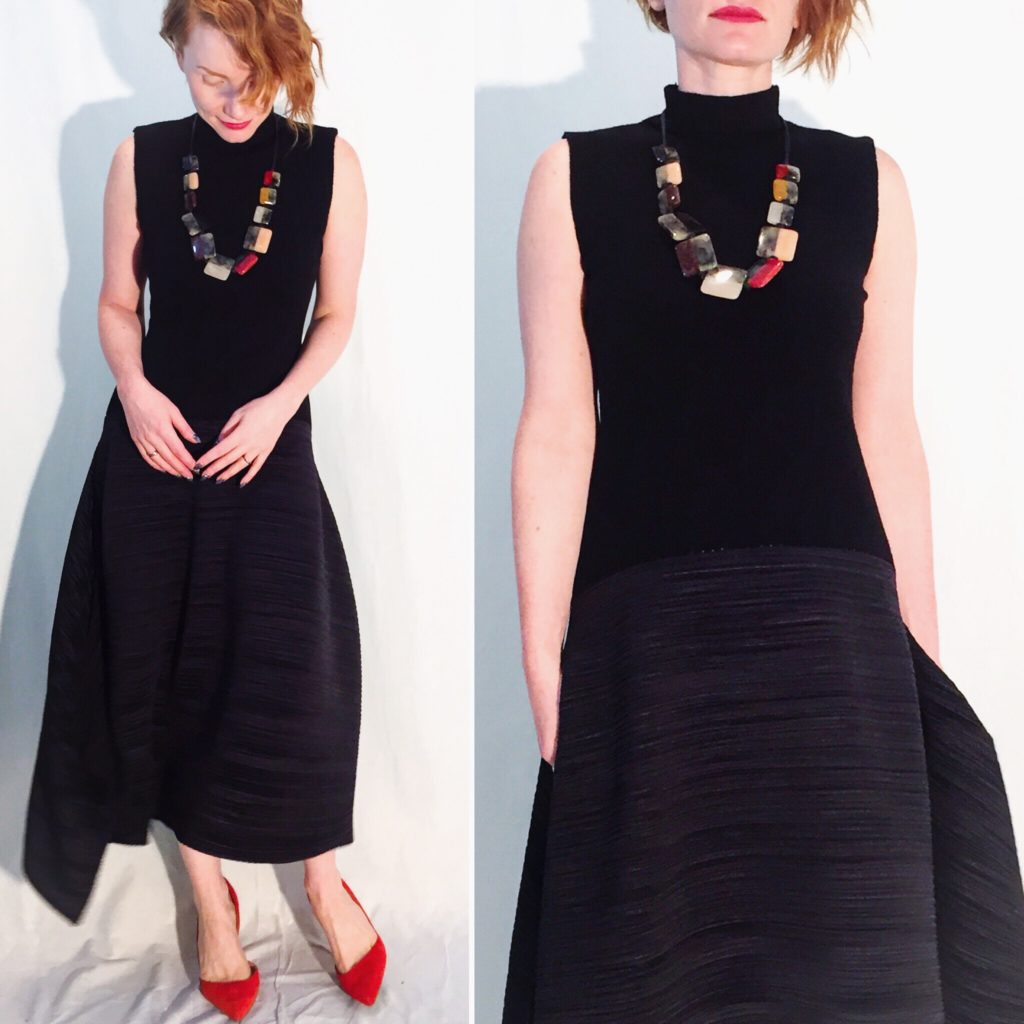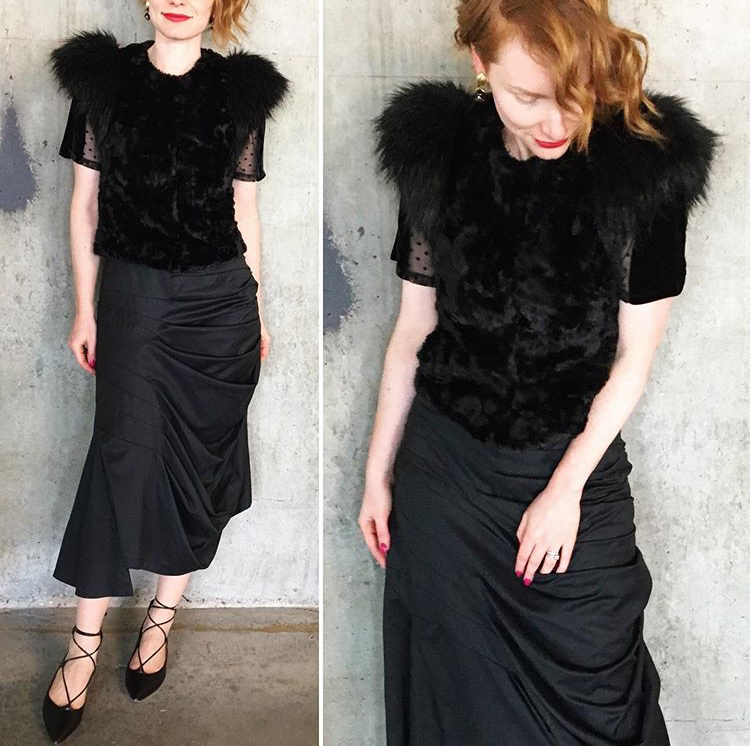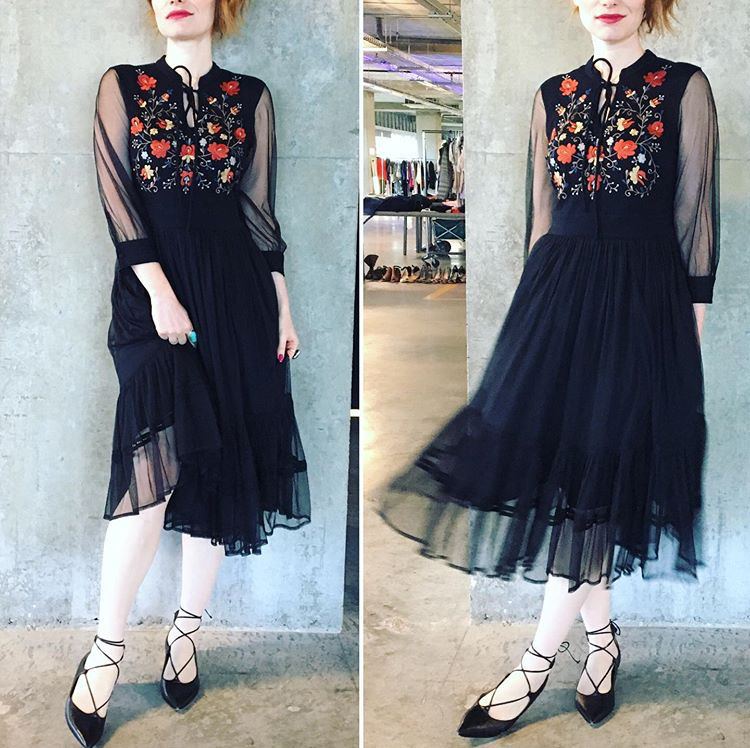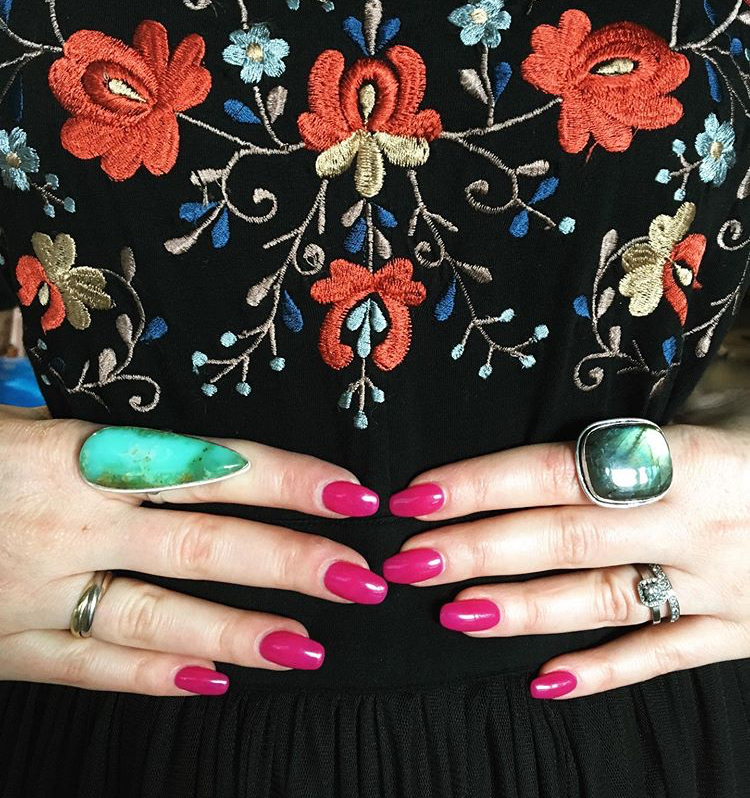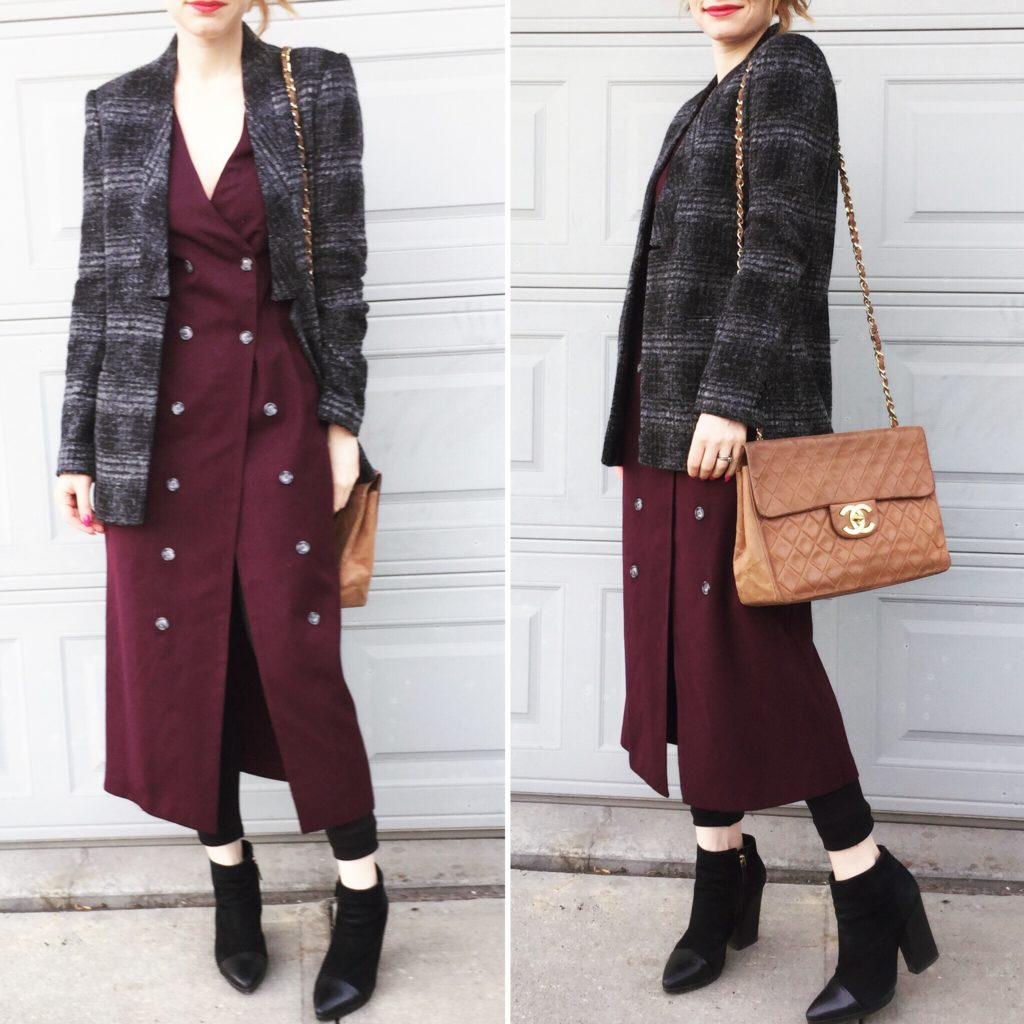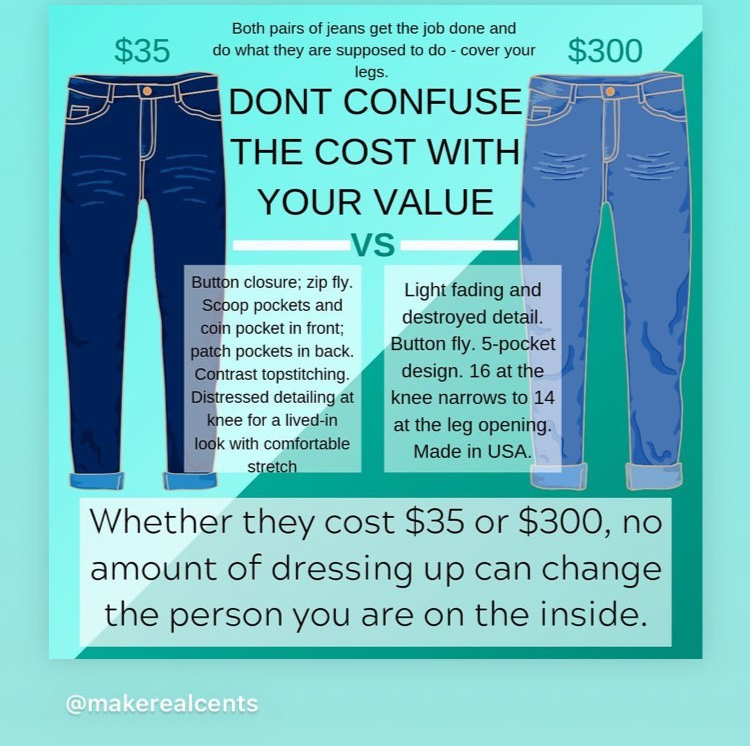
Sherry of Save Spend Splurge posted this infographic on her Insta Stories recently along with her comments (which you can now read in blog post form) and it spurred me to write out my own thoughts. It’s a timely discussion because I’ve been seeing a lot of commentary on reddit/FFA about the intersection of ethical fashion and classism, which I think is pertinent to the sentiment behind this image.
I will start by stating the obvious: yes, your worth as a person is not determined by what you wear. 100%, no questions, no exceptions. And yes, you should not feel obliged to go into debt in order to finance an expensive wardrobe, even for reasons like sustainability.
Sidenote: I have thought about this a lot, and on reflection, I don’t believe it’s fair to put the whole (or most of the) onus of changing unsustainable industry practices on consumers – especially those who, due to limited resources, don’t have any real bargaining power. Industry players have no incentive to change business models that are currently making them money, so the big push has to come from government regulations. So, in a sense, the power rests with the public. The voting public, that is. Don’t fall for the “vote with your dollar” BS. Vote with your actual vote.
Anyway. Back to the topic at hand. While I agree with parts of the message of the infographic, there are others parts which I don’t think are as black and white as presented.
“[N]o amount of dressing up can change the person you are on the inside.” Um, yes and no. Some of this goes back to what I have said before. People relate to clothing in fundamentally different ways. For some, clothing is solely or primarily utilitarian. If it covers the legs, as the infographic says, it’s good enough. For others, clothing is both functional and fun; not all jeans are made equal because some of them have cool embroidery on them (or rips, or sequins, or whatever) and others don’t. And, lastly, for some people, clothing is a form of self-expression which they use to communicate with the world around them. No points for guessing into which category I fall.
For me, to say that there is no relation between the clothing I wear and who I am inside is a gross simplification bordering on untruth. There is a fluid relationship between who I am and what I wear; the influence goes both ways.
It’s important to note that the clothes to which I am drawn are not exclusively expensive. My preferred aesthetic is, generally speaking, a somewhat niche one that is more frequently associated with certain (higher end, hence expensive) brands. There are always exceptions; Zara, for one, caters to a large variety of aesthetics at a lower price point. (Basically, anything popular on the runways, Zara has got you covered.)
The discussion of Cost versus Value is an interesting one. Cost is one indicator of value, but not a reliable one when it comes to fashion. The infographic is correct in suggesting that a $35 pair of jeans may very well be the same, quality-wise, as a $300 pair. This is not true of every $35 pair, nor of every $300 pair. This is where consumers face treacherous waters. You cannot make assumptions based on things like brand name and retail cost. Even fast fashion retailers like Old Navy or H&M make certain pieces that are of comparable quality with things you’d find at Nordstrom – even if, on the whole, the quality across their entire store might be a tad lower. As a consumer, you need to learn to trust your own knowledge of quality, independent of signals like price or brand. Learning to spot quality takes time, because it’s not a skill most of us acquire growing up nowadays. I never learned to sew or make my own clothes, so it took me years to learn what details indicate quality workmanship; to learn how to spot different fabrics and know their relative merits.
Now, quality is objective but value has a subjective component too. Assume you have a choice between 2 pairs of jeans, one being objectively better quality – over an equal amount of wear, one will last you twice as long as the other. Is it worth paying double for the better quality?
Maybe.
How often are you going to wear those jeans? If you’re a person who lives in jeans, buying a version that will last you a lot longer is probably a good idea. But what if, like me, you wear jeans once in a blue moon? In truth, I probably will never truly wear out any pair of jeans; I would either change sizes or the jeans would go out of fashion first. Is it worthwhile for me to pay for the more expensive jeans? Not on the basis of quality alone – though perhaps yes on aesthetic grounds (see above, although jeans are a bad example because styles don’t vary as much, and most retailers offer a wide range).
Jeans are also a bad example because quality doesn’t affect their functionality that much, and prices fluctuate wildly without direct correlation to quality. Shoes are a much better example; or coats. Up to a certain point, quality and prices of shoes have a direct correlation. And, again with some exceptions, a well-made shoe will be better for your foot than a cheaply made one. (Necessary caveat: not all shoes work for all feet. I am partial to certain brands because I find their designs, including things like heel placement, works best for my feet.) That being said, I don’t believe that a $1,000 pair of shoes is better quality than a $300 one; the difference in cost is marketing. But there is definitely a difference between a $300 pair of shoes and a $30 one. Unless we’re talking about flip flops.
The last thing I want to mention is my obligatory plug for secondhand shopping. Even if you live in an area without good thrifting or consignment options, there are now many online resources (especially in North America) where you can source $300 jeans for $35. I believe that the future of “sustainable fashion” is a kind of circular economy – think services like “Rent the Runway” except local and more inclusive. City-wide clothing swaps and secondhand markets are popping up with increasing frequency in my part of the world, and I hope it’s a trend that will continue to grow.

